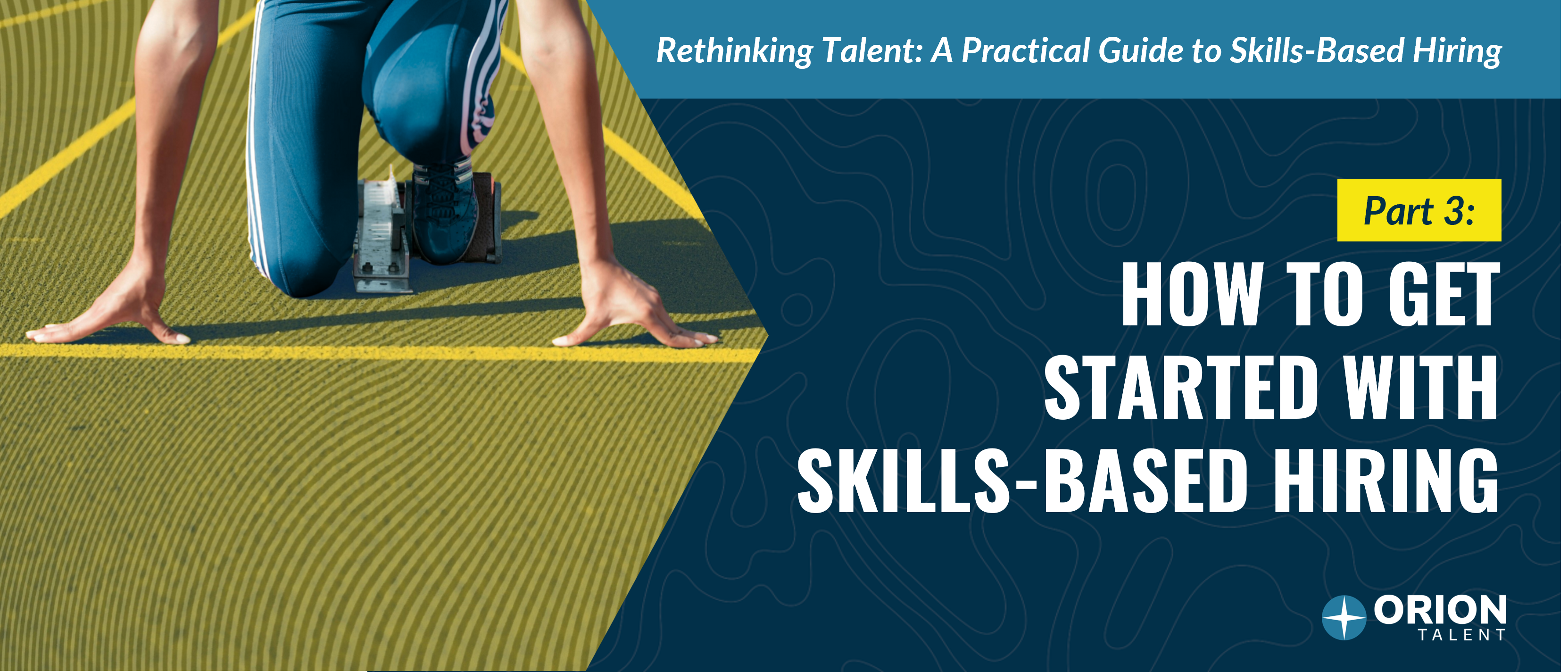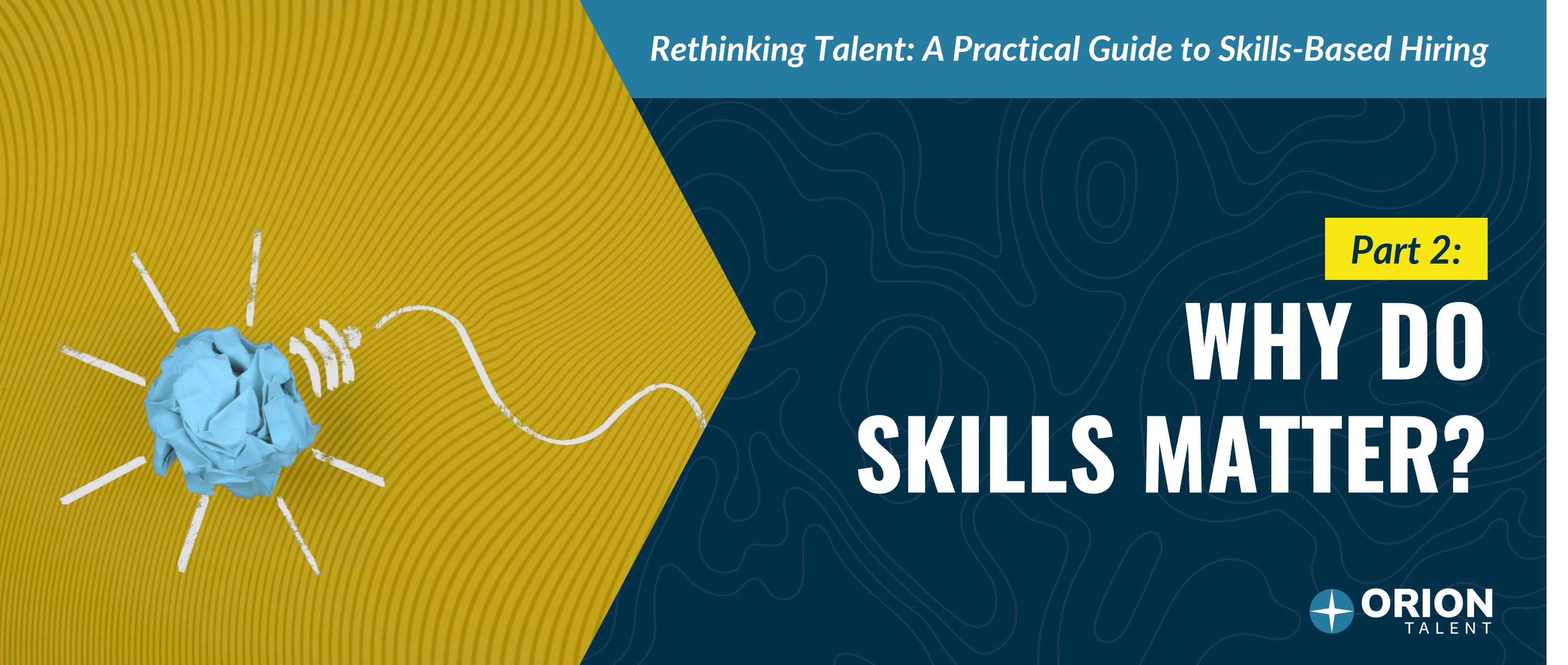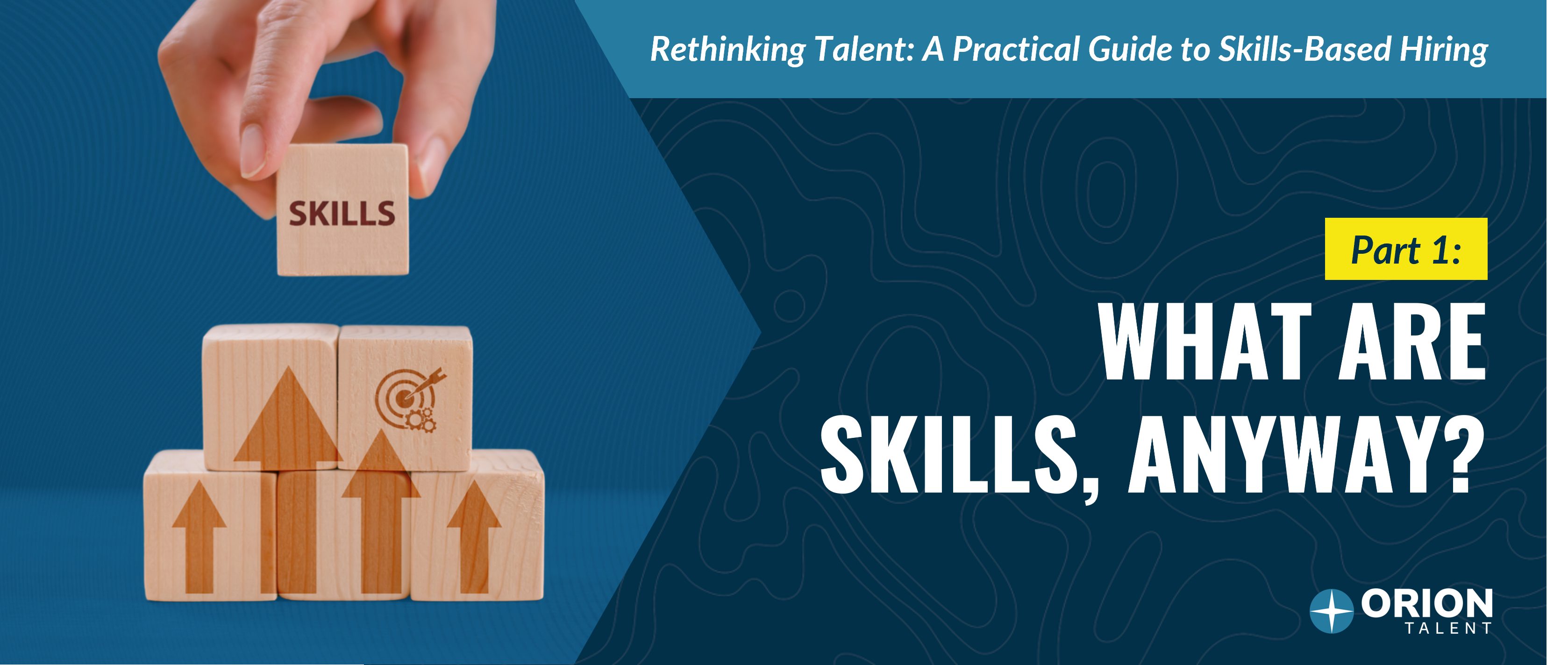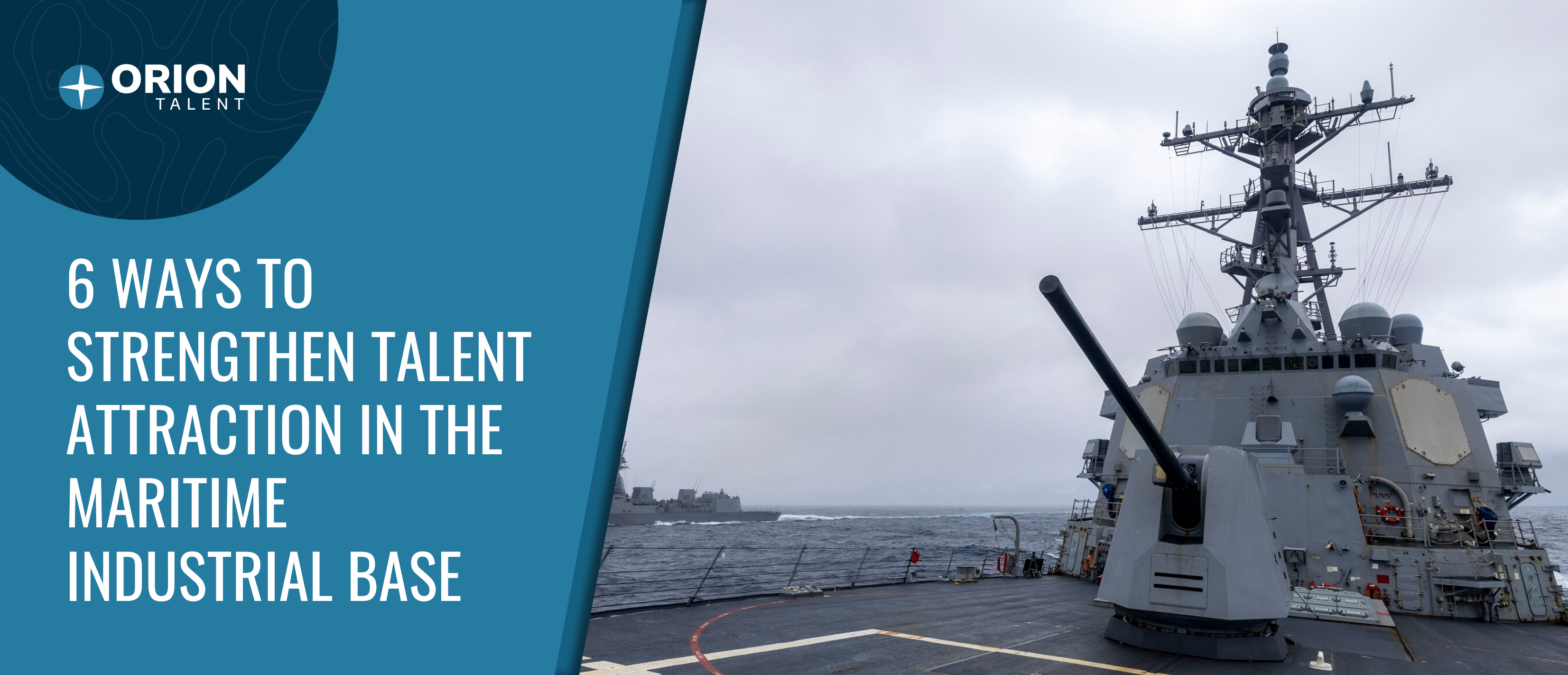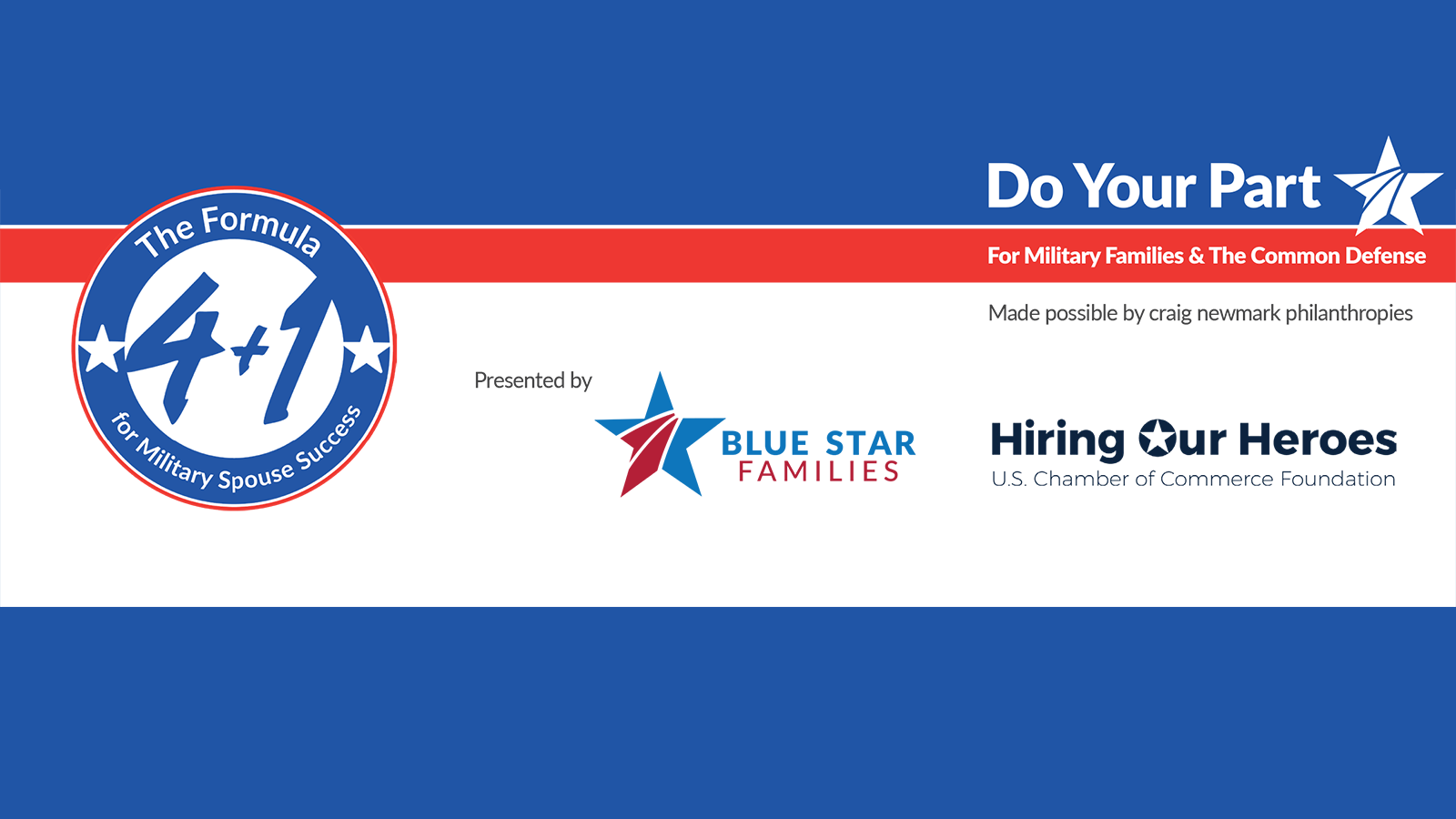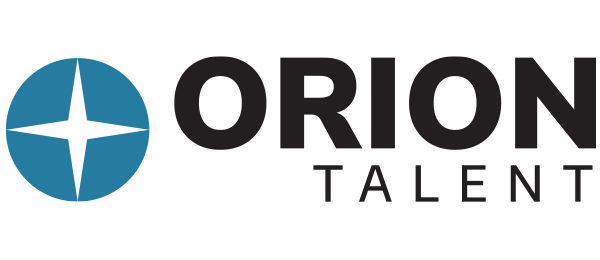.jpg)
Seventy-nine percent of CEOs say a shortage of skilled talent is one of their top three worries. But these business leaders need not stress about the talent gap if they leverage strategic workforce planning. No matter the size, structure, or value of an organization, evaluating your workforce, identifying gaps, and planning for future needs is an excellent way to sustain growth.
What is workforce planning?
Workforce planning is a systematic process where you analyze current and future workforce needs. By ensuring you have the right number of employees with the right skills in the right positions at the right time, you can avoid workforce risks. You also need to develop a plan for overcoming current or potential skill gaps and to ensure you have access to a talent pipeline full of the type of employees you need. Aligning business goals with your people strategy through workforce planning helps to maximize profit, avoid surprises, and ensure long-term success.
The value of workforce planning strategies for organizations
Workforce planning provides a clear, concise, and data-driven direction for current and future staffing, as well as workforce development. It also identifies key skill or training gaps. Ultimately, successful workforce planning creates ongoing access to talent pipelines for filling roles as needed.
The workforce planning process
There are five stages of workforce planning.
1. Strategic Direction
Understanding the strategic direction of your organization is the first step to aligning your workforce planning. Look at challenges, long and short-term organizational goals, funding, and strengths.
2. Supply Analysis
Analyze your current workforce, by looking at turnover, recruiting sources, and workload.
3. Demand Analysis
Analyze your company’s current and projected workforce requirements. Examine anticipated changes, number of employees needed to deliver a good or service, and how workload changes as the number of employees change.
4. Gap analysis
Look at the gaps between workforce demand and supply and define top priority gaps with the greatest impact on organizational performance. Examine hard-to-fill positions or locations, looming retirements, and skill gaps.
5. Solution analysis
The appropriate workforce interventions and activities to close identified workforce gaps and enable your organization to meet its strategic goals. Leverage what you have learned to determine the areas of greatest need and develop and socialize your new workforce goals.
Tips for executing a successful workplace planning strategy
.jpg) Lack of leadership buy-in is a common barrier to success. For this reason, it is important to designate leadership to manage the process. You should have HR finance, operations, and the C-suite on board.
Lack of leadership buy-in is a common barrier to success. For this reason, it is important to designate leadership to manage the process. You should have HR finance, operations, and the C-suite on board.
Consider where the company is headed and the people strategy needed to get there. Remember that you should always be aligning workforce planning with the business’s overall strategic goals.
A large part of workforce planning is developing the workforce you have through internal career development initiatives, as well as ensuring you have the right team for succession planning.
Overcoming challenges in workforce planning
Below are three main challenges you may experience as you execute a strong workforce planning initiative:
Focusing on the short term
Workforce planning takes time. Consider the long game and understand that your efforts may not pay off immediately. A lot of workforce planning is preparing for gaps and trends that may not have happened yet.
Gathering accurate data about the current workforce
It is important to ensure you fully understand your current workforce, talent and skill gaps. Collect data on the demographics of your workforce and then you can make smart data-driven decisions.
Limitations of forecasting
Cloud-based, data-driven workforce planning tools can help create more agile workforce planning, but they cannot predict everything. The business environment is constantly in flux, so it is wise to have contingency plans for a variety of scenarios, especially when your predictive analytics don’t pan out.
Think Strategically
When in doubt, your business can bring in an expert. For example, Orion Talent’s HireSkills solution helps clients establish a robust pipeline with a hard-to-reach talent pool to close the skills gap. This seamless pipeline of employees is highly skilled and wants a long-term career, greatly reducing turnover and filling the gaps you have identified.
Whether you go it alone or bring in an expert, workforce planning should always be approached strategically. When executed correctly, you will experience reduced labor costs, improved retention, increased productivity, and better KPIs.
Archives
- December 2025
- November 2025
- October 2025
- September 2025
- August 2025
- July 2025
- June 2025
- May 2025
- April 2025
- March 2025
- February 2025
- October 2024
- May 2024
- March 2024
- February 2024
- January 2024
- December 2023
- November 2023
- October 2023
- September 2023
- August 2023
- July 2023
- June 2023
- May 2023
- April 2023
- March 2023
- February 2023
- January 2023
- December 2022
- November 2022
- October 2022
- September 2022
- August 2022
- July 2022
- June 2022
- May 2022
- April 2022
- March 2022
- February 2022
- January 2022
- December 2021
- November 2021
- October 2021
- September 2021
- August 2021
- July 2021
- June 2021
- May 2021
- April 2021
- March 2021
- February 2021
- January 2021
- December 2020
- November 2020
- October 2020
- September 2020
- August 2020
- July 2020
- June 2020
- May 2020
- April 2020
- March 2020
- February 2020
- January 2020
- December 2019
- November 2019
- October 2019
- September 2019
- August 2019
- July 2019
- June 2019
- May 2019
- April 2019
- March 2019
- February 2019
- January 2019
- December 2018
- November 2018
- October 2018
- September 2018
- August 2018
- July 2018
- June 2018
- May 2018
- April 2018
- March 2018
- February 2018
- January 2018
- December 2017
- November 2017
- October 2017
- September 2017
- August 2017
- July 2017
- June 2017
- May 2017
- March 2017
- February 2017
- January 2017
 RSS Feed
RSS Feed

